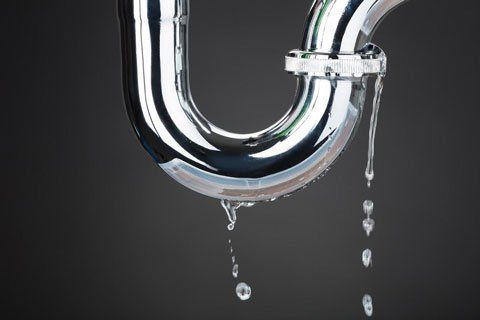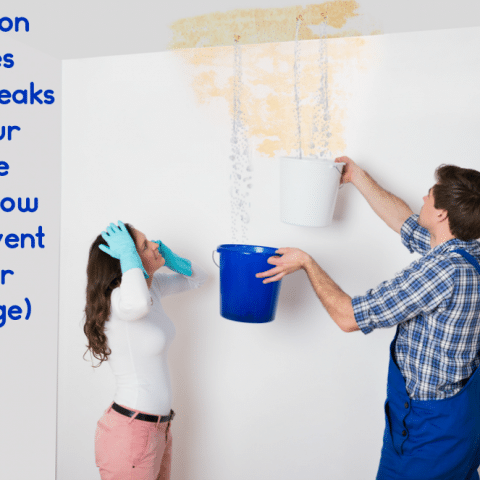How to Locate as well as Repair Service Water Leaks-- A Comprehensive Guide
How to Locate as well as Repair Service Water Leaks-- A Comprehensive Guide
Blog Article
What are your insights and beliefs about Locating water leaks?

Early detection of leaking water lines can alleviate a prospective disaster. Some tiny water leaks might not be noticeable.
1. Check Out the Water Meter
Every home has a water meter. Inspecting it is a guaranteed way that aids you uncover leakages. For starters, switch off all the water sources. Guarantee nobody will certainly purge, use the faucet, shower, run the washing equipment or dishwasher. From there, most likely to the meter and also watch if it will certainly alter. Because no person is utilizing it, there should be no movements. That shows a fast-moving leakage if it moves. Furthermore, if you discover no changes, wait an hour or more as well as examine back once again. This implies you might have a slow-moving leak that can also be below ground.
2. Inspect Water Consumption
If you identify sudden changes, despite your intake being the very same, it implies that you have leaks in your plumbing system. An abrupt spike in your costs suggests a fast-moving leakage.
At the same time, a consistent increase every month, despite the very same habits, shows you have a sluggish leakage that's also slowly rising. Call a plumber to extensively check your residential or commercial property, specifically if you really feel a warm area on your flooring with piping beneath.
3. Do a Food Coloring Test
When it concerns water intake, 30% comes from toilets. Examination to see if they are running properly. Drop flecks of food shade in the storage tank and wait 10 mins. If the color in some way infiltrates your dish during that time without flushing, there's a leakage in between the container and also bowl.
4. Asses Exterior Lines
Do not neglect to inspect your outdoor water lines as well. Must water leak out of the connection, you have a loose rubber gasket. One small leakage can waste heaps of water and spike your water bill.
5. Assess the circumstance as well as check
Homeowners should make it a routine to inspect under the sink counters and also inside cupboards for any type of bad odor or mold and mildew development. These two red flags show a leak so timely interest is needed. Doing regular evaluations, also bi-annually, can save you from a significant issue.
Inspect for stainings and deteriorating as the majority of pipelines and appliances have a life span. If you presume dripping water lines in your plumbing system, do not wait for it to escalate.
Early discovery of dripping water lines can alleviate a prospective calamity. Some tiny water leakages may not be noticeable. Examining it is a guaranteed method that helps you discover leaks. One tiny leak can waste heaps of water as well as spike your water expense.
If you suspect leaking water lines in your plumbing system, don't wait for it to intensify.
How to Know If Your Home Has a Hidden Leak
Water Meter Reveals Inexplicable Water Usage
If you’d like to test whether or not there’s a leak somewhere in your home, you can do this using your water meter. Here is how to conduct the test:
Don’t use any water in your home for at least 30 minutes; this also means not turning on faucets or water-using appliances.
Go outside, and check your water meter for activity.
If your water meter shows that there was activity, even though no one was using any water, this proves that there is a leak in your home.Visible Mold or Mildew Growth
Leaks behind walls create moist, dark environments that allow mold and mildew to grow and thrive. Eventually, you might see mold growth forming on the wall closest to a hidden leak.
If mold is growing in an area that receives a high amount of moisture, such as a bathroom, it may simply be an indication that better ventilation is needed. However, if you see mold growth on a wall or the ceiling in an area where you would not expect, you probably have a hidden leak.
Musty, Mildew Odor
Sometimes you might not be able to see the mold or mildew that is growing as a result of a leak. However, the smell can give the problem away just as easily. If you catch a whiff of something musty, there’s a good chance that old water is collecting somewhere in your home that you can’t see.
Stained/Warped Walls, Ceilings, or Floors
When your home soaks up water, a variety of red flags can become visible, including ceiling stains, bubbling drywall, warped walls, and sagging floors. While these issues can be caused by excess humidity, they can also be signs that a pipe or plumbing connection has started leaking behind your walls.
Inexplicably High Water Bill
After a while, you get a general sense for what your water bill should be. If you own a pool or sprinkler system, your bill will tend to be higher during summer. However, if you receive a water bill that seems especially high, and you can’t figure out what caused it, then you may have a hidden leak somewhere that’s increasing your bill.
https://www.plumbingjoint.com/blog/2019/july/how-to-know-if-your-home-has-a-hidden-leak/

We were made aware of that write-up on Leaking water lines through an acquaintance on another domain. Be sure to take a moment to promote this page if you enjoyed it. I love reading our article about Detecting hidden plumbing leaks.
Report this page